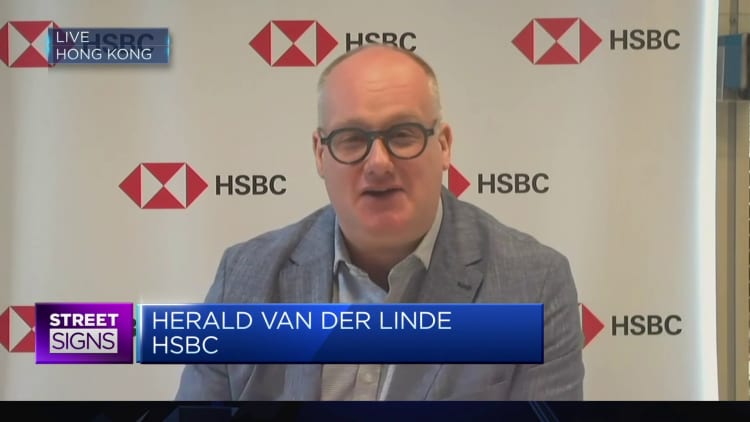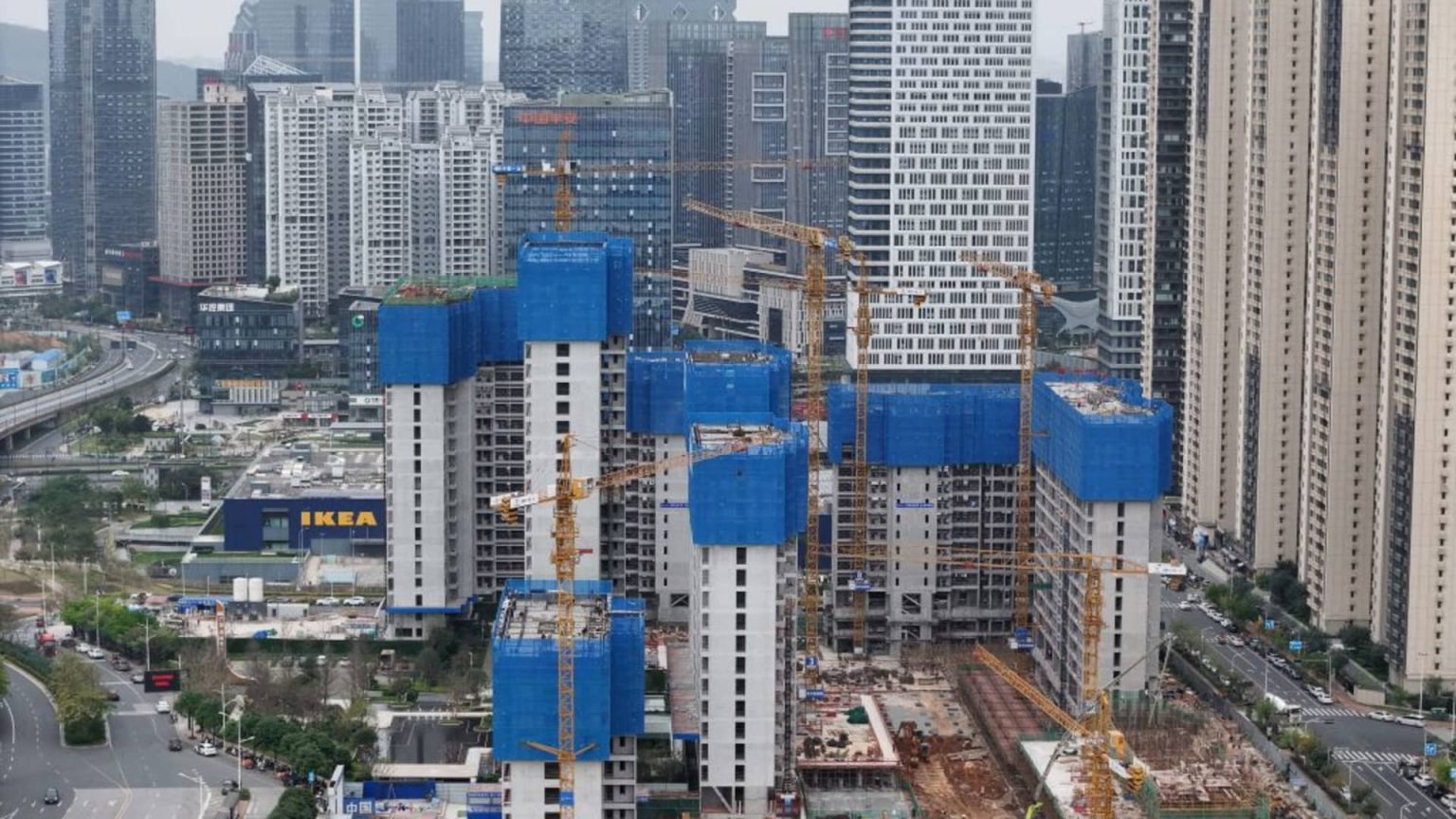Pictured here’s a business residential property below building on March 20, 2024, in Nanning, capital of the Guangxi Zhuang autonomous area in south China.
Future Publishing | Future Publishing | Getty Images
BEIJING — China’s fiscal stimulus is shedding its effectiveness and is extra of a method to purchase time for industrial and consumption insurance policies, S&P Global Ratings senior analyst Yunbang Xu stated in a report Thursday.
The evaluation used progress in authorities spending to measure fiscal stimulus.
“In our view, fiscal stimulus is a buy-time strategy that could have some longer-term benefits, if projects are focused on reviving consumption or industrial upgrades that increase value-add,” Xu stated.
China has set a goal of round 5% GDP progress this yr, a aim many analysts have stated is formidable given the extent of introduced stimulus. The head of the highest financial planning company stated in March that China would “strengthen macroeconomic policies” and improve coordination amongst fiscal, financial, employment, industrial and regional insurance policies.
High debt ranges restrict how a lot fiscal stimulus an area authorities can undertake, no matter whether or not a metropolis is taken into account a excessive or low-income area, the S&P report stated.
Public debt as a share of GDP can vary from round 20% for the high-income metropolis of Shenzhen, to 140% for the far smaller, low-income metropolis of Bazhong in southwestern Sichuan province, the report stated.

“Given fiscal constraints and diminishing effectiveness, we expect local governments will focus on reducing red tape and taking other measures to improve business environments and support long-term growth and living standards,” S&P’s Xu stated.
“Investment is less effective amid [the] drastic property sector slowdown,” Xu added.
Fixed asset funding for the yr to this point picked up tempo in March versus the primary two months of the yr, because of an acceleration of funding in manufacturing, based on official information launched this week. Investment in infrastructure slowed its progress, whereas that into actual property dropped additional.
The Chinese authorities earlier this yr introduced plans to bolster home demand with subsidies and different incentives for tools upgrades and client product trade-ins. The measures are formally anticipated to create properly over 5 trillion yuan ($704.23 billion) in annual spending on tools.
Officials advised reporters final week that on the fiscal entrance, the central authorities would supply “strong support” for such upgrades.
S&P discovered that native governments’ fiscal stimulus has usually been larger and more practical in richer cities, based mostly on information from 2020 to 2022.
“Higher-income cities have a lead because they are less vulnerable to declines in property markets, have stronger industrial bases, and their consumption is more resilient in downturns,” Xu stated within the report. “Industry, consumption and investment will remain the key growth drivers going forward.”
“Higher-tech sectors will continue to drive China’s industrial upgrade and anchor long-term economic growth,” Xu stated. “That said, overcapacity in some sectors could spark price pain in the near term.”
https://www.cnbc.com/2024/04/19/chinas-fiscal-stimulus-is-losing-its-effectiveness-sp-says.html


